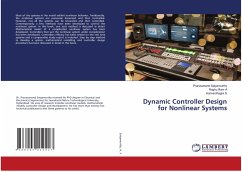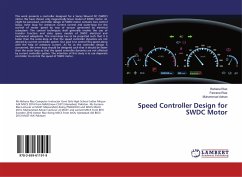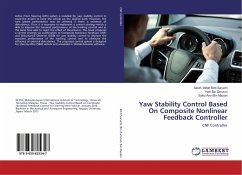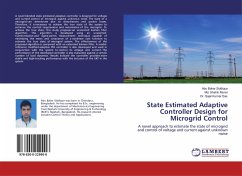This publication investigates the applicability of the simultaneous stabilization theory to design of linear controllers based on two quasilinear models of a highly nonlinear plant. For a robotic problem, it is found that a linear controller, that stabilizes the two linear approximations of the quasilinear models and achieves certain performance measures for both linear plants, may indeed stabilize and force the actual nonlinear feedback system to satisfy a set of performance measures. However, there may be cases that this would not be true. The design procedure involves direct simulation and evaluation of Fourier integrals to arrive at the describing function models of the plant. There are no restrictions on nonlinearity type (i.e., could be continuous or discontinuous), nonlinearity arrangement (i.e., could be in forward path, feedback path, and could be implicit or explicit), and system order. Two linear approximations to the two of the obtained quasilinear models are identified. This is followed by application of the Simplex optimization procedure to arrive at the desired controller.
Bitte wählen Sie Ihr Anliegen aus.
Rechnungen
Retourenschein anfordern
Bestellstatus
Storno








